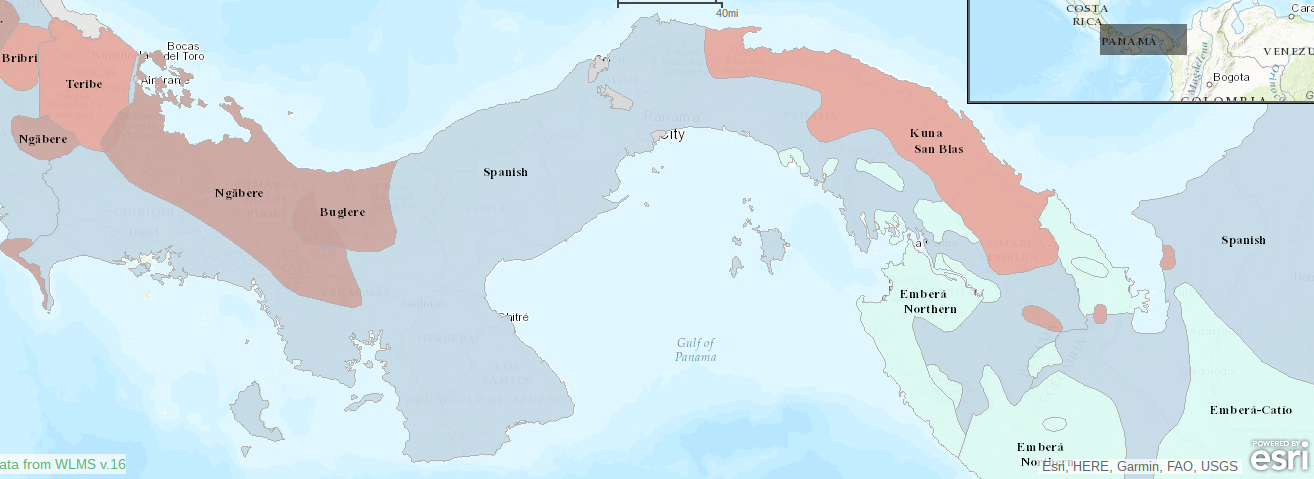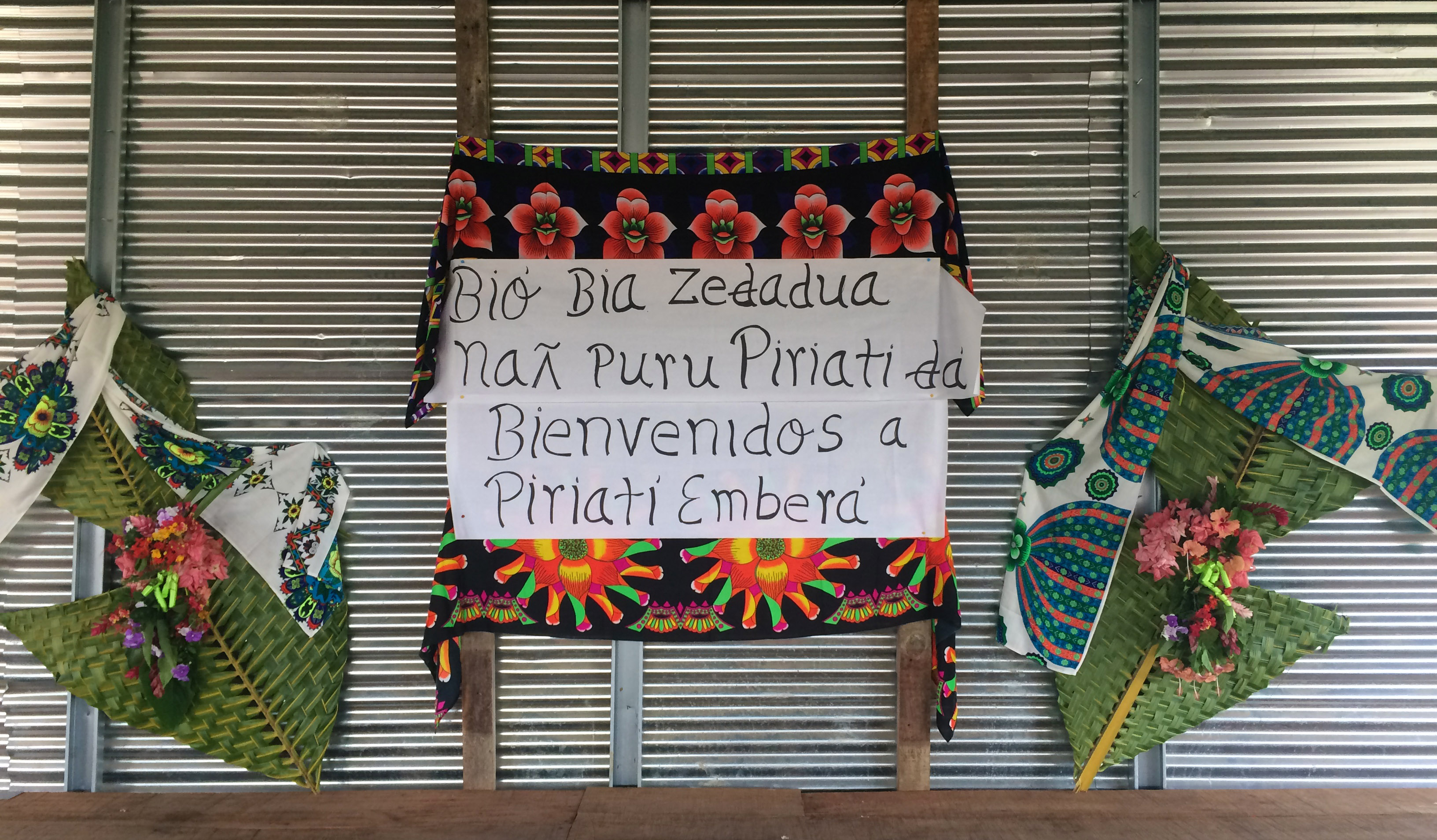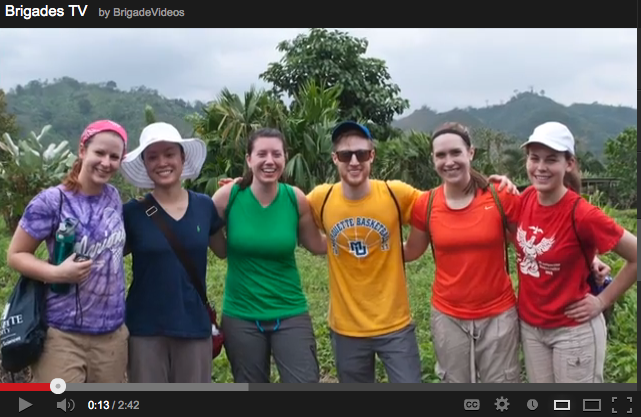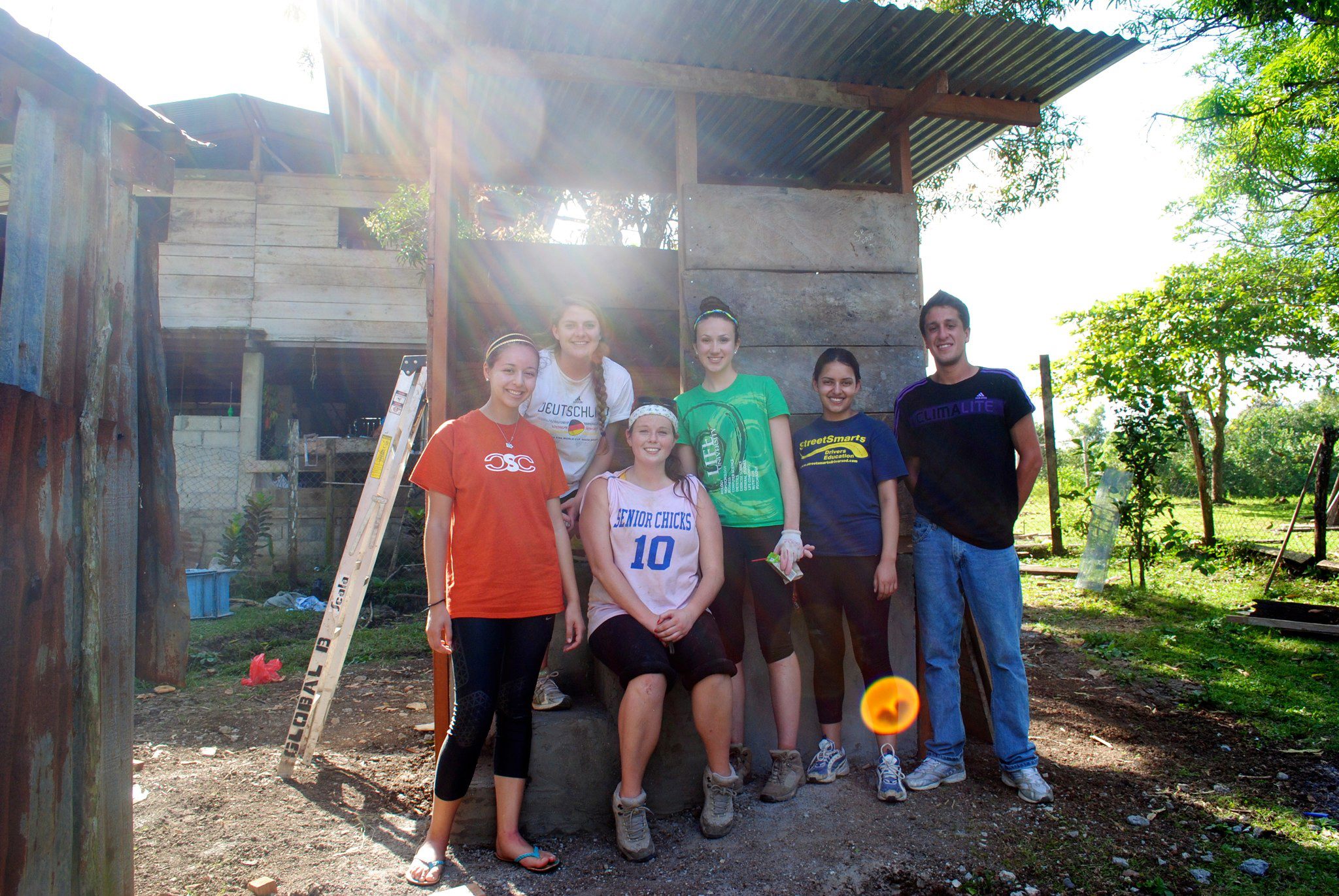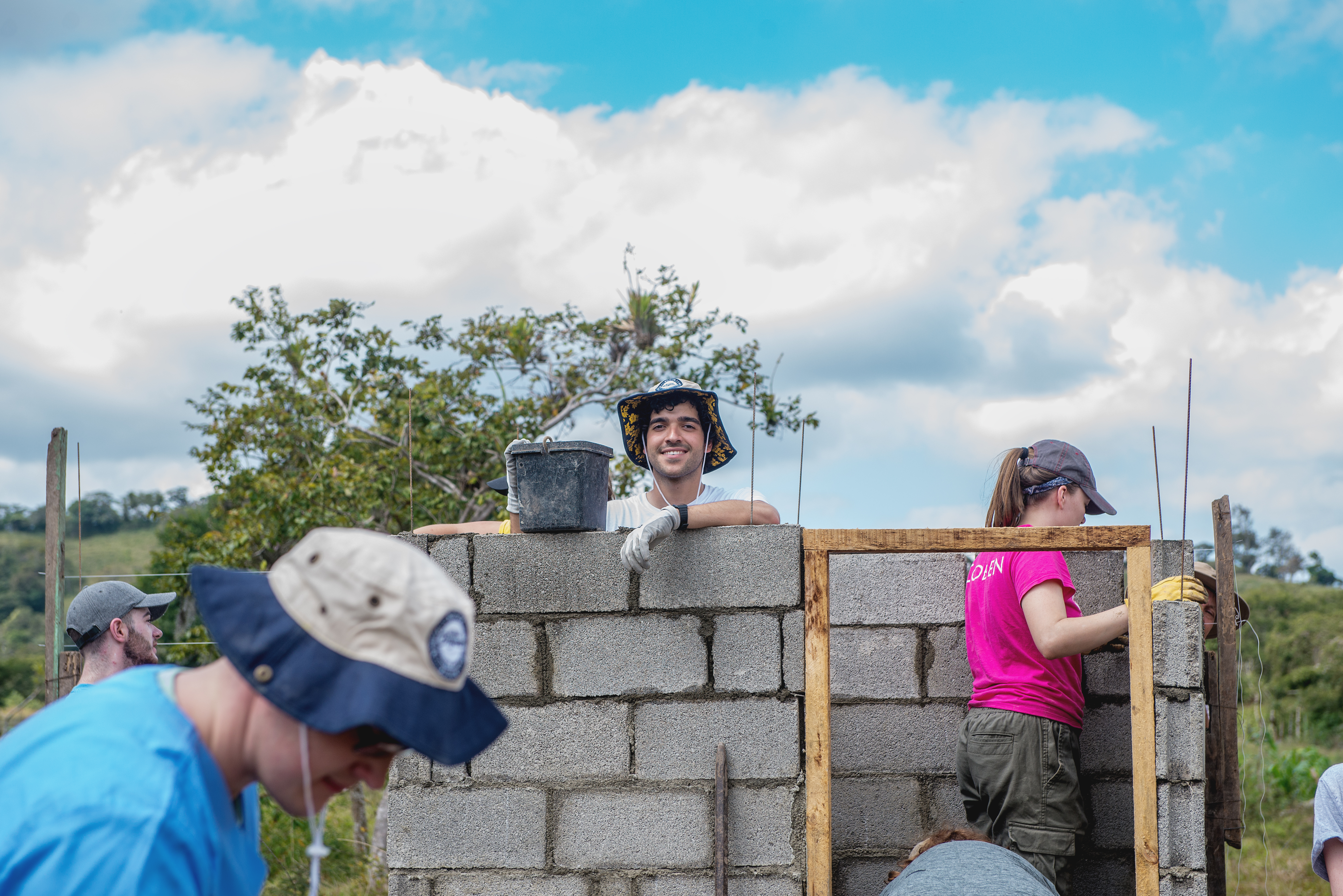By Sam Dawson, Program Associate in Panama
Historically, the development of a city, region, or nation has often been framed as a trade-off: in order to achieve progress, some aspect of tradition or the current reality must give way. While the tradition may be misunderstood as archaic, for those who practice it, traditions are at the core of cultural heritage. Language, often the hallmark of cultural identity, is among a handful of traditions that have historically been sacrificed for the sake of development. Having national languages is seen as a way to facilitate effective commerce, education, and general engagement. However, this idea of development requiring a sacrifice of heritage exemplifies unsustainable development. Even if a community undergoes infrastructural development, the social development is harmed by the loss of native language and culture.
On February 21 2017, the United Nations Educational, Scientific, and Cultural Organization will celebrate International Mother Language Day, focusing specifically on multilingual education that supports the conservation of native languages around the world. According to The Endangered Languages Project, started by the Alliance for Linguistic Diversity, there are eleven spoken languages in addition to Spanish in Panama alone. Many of these languages, however, have come to be categorized as vulnerable or endangered as Panama’s development focuses ever more intensely on Spanish language education.
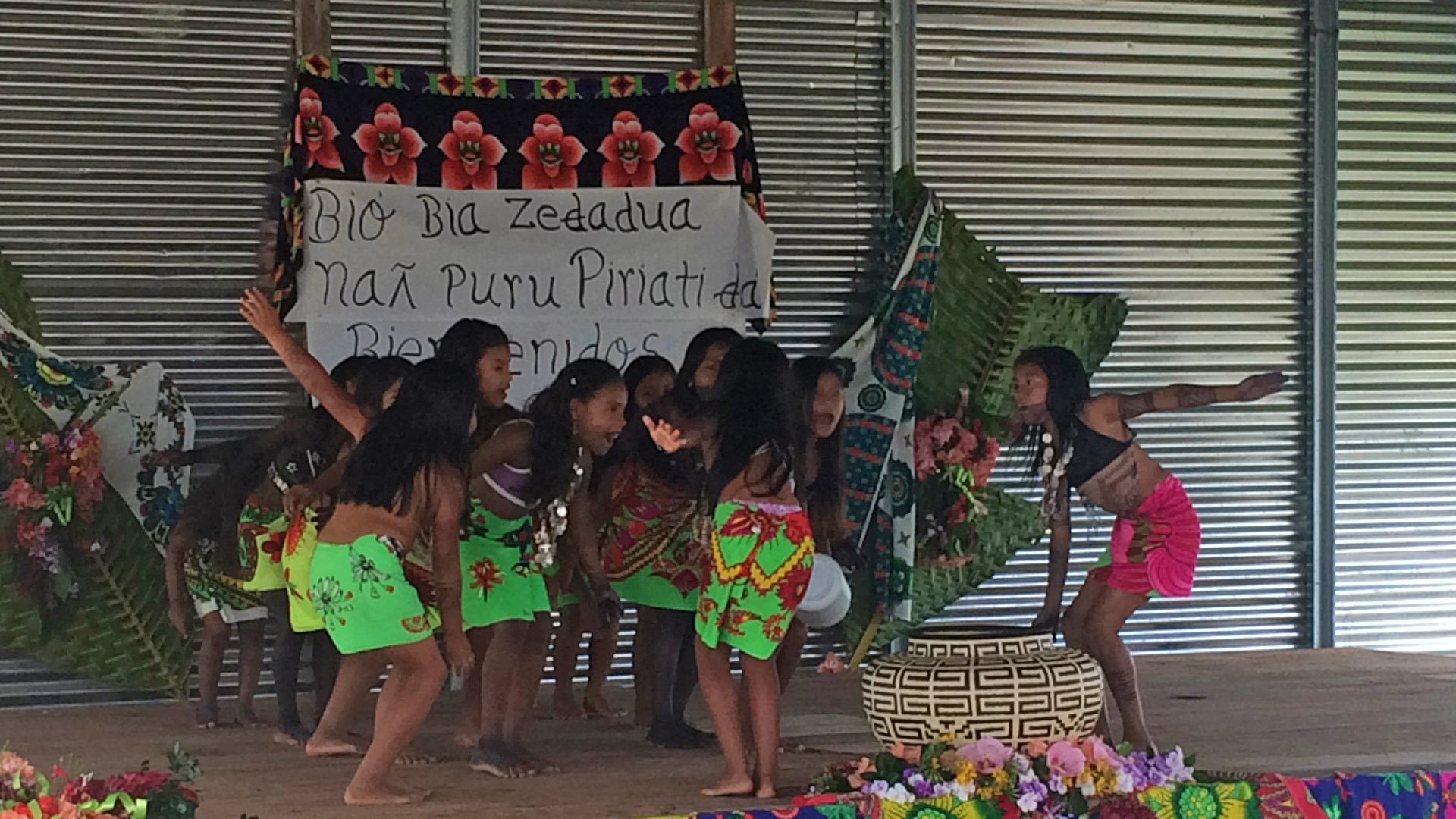
Among those most at-risk in the country are the various Guna and Embera languages, which are spoken in many of the communities Global Brigades works with in the provinces of Panama Este and Darien. A combination of relocation efforts and influx of the countries Latino-majority population into these regions have lead to an emphasis on Spanish education for many in the communities today. While this does provide many community members with the language skills to engage those from other populations, it has also raised a concern within the communities that the younger generations may lose the language that is so vital the sustainability of their traditions.
In order to address this concern, many Embera and Guna community members have taken it upon themselves to ensure that the younger generation retain their mother tongue. One of the individuals leading this crusade is Cornelio Cunampio, a teacher in Piriati Embera. Cunampio, recognizing that many children are not learning Embera at home as they had in the past, developed curriculum over the past three years to teach children how to speak, read, and write in Embera. This effort epitomizes sustainable development: not only does it seek to secure strong educational resources for students, but it does so while protecting the fabric of their community. But beyond the revival of language in the classroom, Cunampio sees Global Brigades as a key player in the preservation of Embera culture.
“In all of our [development] projects, it is so important that [the community] also works to protect our culture, including the language,” Cunampio explained, emphasizing the coexistence of Piriati’s development and cultural conservation.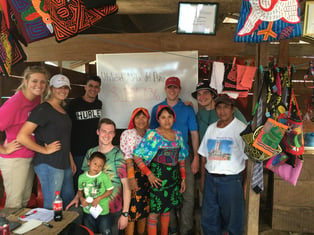
Any volunteer who has had the fortune to brigade in Panama Este or Darien can probably attest to the opportunity to view local dancers, musicians, and artisans practicing their art and how that experience remains as one of their most vibrant memories of the brigade. As Cunampio sees it, however, the experience to share holds just as much value for community members.
“In the first few years, [the community] presented a little charla to brigaders which included some Embera as a way to show them that we have our own language, our own identity,” Cunampio remarked during a celebration of Global Brigades’ Sustainable Transition out of Piriati. During the event, which brigaders from the University of Columbia were able attend, a group of girls from Piriati performed a series of traditional dances, incorporating Embera verses and phrases.
While this may appear to be a small expression of the language, it does much to remind both community members and volunteers of their unique cultural heritage, particularly with a Spanish-Embera bilingual banner in the backdrop. In the eyes of Global Brigades, development’s relationship with tradition does not need to be a zero-sum game. Rather, through sustainable models of development, tradition and development actually complement one another.
As volunteers of Global Brigades, brigaders have the unique opportunity to be immersed in the rich culture of the communities we partner with. Everything from getting a temporary hagua tattoo in an Embera community to purchasing a mola embroidered bag in a Guna community helps facilitate a preservation and understanding of native cultures in Panama. However, something that is sometimes overlooked by volunteers is taking the time to speak with community members in different languages. Never hesitate to grab your interpreter! This not only allows volunteers another opportunity to learn about traditions and culture, but helps the communities maintain it through sharing. Through actions like this, Global Brigades can truly ensure that its projects not only work with communities on development, but also in the preservation of their wholly unique identities.
